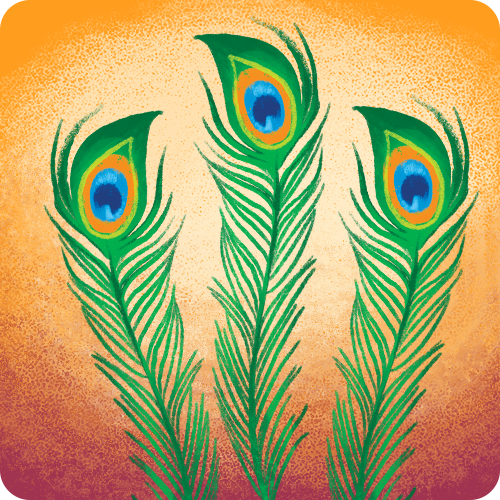Math
Home » For Grownups » Math
Data Collection:
We see Rooster counting animals as they gather at The Meeting Place for the first day of spring. This is called a census because he is gathering data on his community. Gather data from your community by counting: people in your family, animals in the zoo, birds you see overhead during recess. There are so many things to count, and math is everywhere.
Here are some great ideas from BedTime Math for home or school:
Wee ones: If a peacock’s tail has blue, green, gold, white and black feathers, how many colors does it have?
Little Ones: If a peacock and a peahen have 4 peachicks, how many birds does the family have in total? Bonus: If each peachick grows up to have 4 peachicks of its own, how many grand-peachicks does the family get?
Big kids: If a peacock is 82 inches long and his tail is 1/2 of that length, how long is the tail? Bonus: The tail can be up to 5 feet long. If the peacock’s body adds another 42 inches, how long is the whole bird in inches?
The sky’s the limit: Peacock feathers have beautiful spots called “eyes,” since they often have a black dot in the middle. If the 1st feather has 3 eyes, the next has 2, then 3, then 2 and so on, is 37 a possible number of eyes the tail can have?
Answers: Answers:
Wee ones: 5 colors.
Little kids: 6 birds in total. Bonus: 16 grand-peachicks.
Big kids: 41 inches. Bonus: 102 inches, since the tail covers 60.
The sky’s the limit: No, because no matter how many feathers there are, the total has to be a multiple of 5, or else a multiple of 5 plus 3 extra. The tail could have 35 eyes, or 38.
Patterning and Fibonacci: There are many different patterns in nature, and peacock feathers are beautiful examples of this. Did you know that the eyes of the peacock feathers spiral towards the tail feathers in a Fibonacci sequence? Learn more about Fibonacci in the real world.


